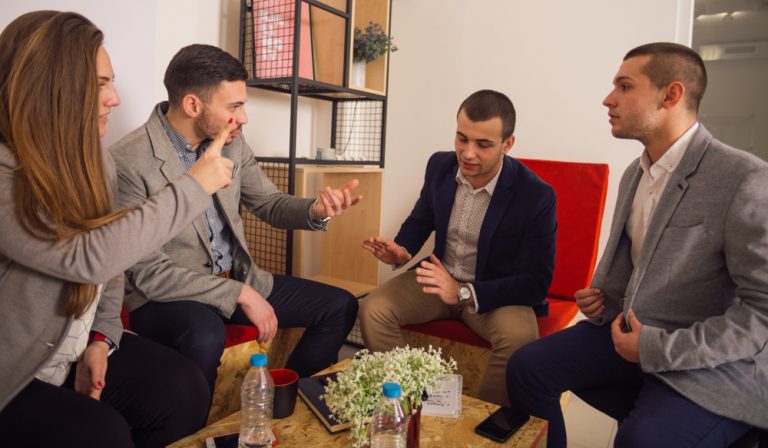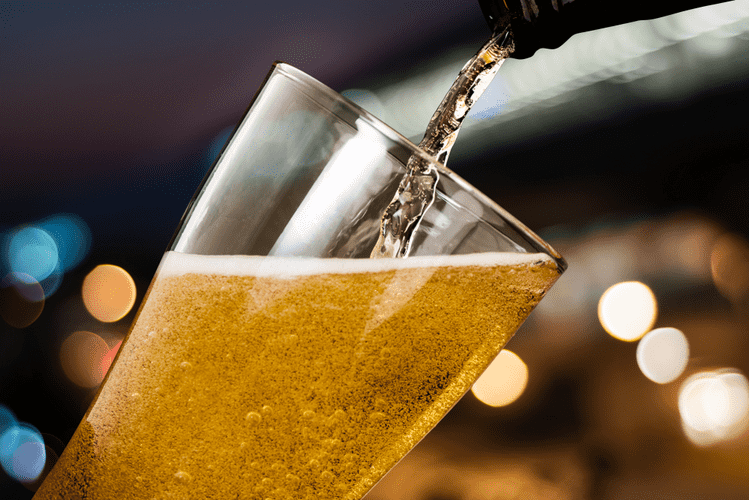CARF International is an independent, nonprofit accreditor of health and human services. Maintaining professional boundaries what is alcoholism is crucial in group activities to avoid conflicts of interest, power imbalances, or favoritism.
The following group activities will create camaraderie, improve self-awareness, and inspire healthier habits. These activities are appropriate for diverse group sizes and settings, from formal programs to casual gatherings. Group members are encouraged to listen actively and attentively to others, valuing their perspectives and experiences. Respectful communication helps create an atmosphere of mutual understanding and empathy, allowing individuals to feel heard and validated. It also promotes a sense of equality within the group, where everyone’s voice is valued and respected.
Role-Playing Scenarios: Practice Real-World Skills
Icebreakers can be essential building blocks for successful group discussion and interaction.Icebreakers are used when a group has come together for a specific purpose. Substance abuse group topic worksheets can be a valuable resource, and our worksheet about magnets offers great educational content. If you need more information or have additional questions, we are only a phone call away.

Cognitive Restructuring Activity
Setting short- and long-term goals gives people in recovery something to work for, but they can sometimes struggle with https://ecosoberhouse.com/ determining what those goals should look like. Role-playing is an effective way to help group members practice handling any tough situations that may arise during treatment, such as making apologies and amends to family members. Participants can also share different coping skills that have worked for them, as well as what hasn’t worked. Question balls are a resource that group leaders may use to get topics of conversation going.
- A group therapy resource guide with recommended books, topic ideas, group activities, practical tips, and more.
- Mindfulness exercises may include journaling, affirmations, and self-care practices.
- By recognizing these triggers, participants gain insight into their vulnerabilities and can develop proactive strategies to avoid or cope with these situations.
- Through the group dynamic, clients foster hope and examine core issues that exacerbate their addictive disorders.
Peer recovery groups, like Alcoholics Anonymous (AA) and other 12-step groups, are peer-led, non-professional options for building a support system during recovery. Therapists who run these groups are very resourceful and in order to keep the process relatively fresh introduce different activities and topics continually. We do not receive any commission or fee that is dependent upon which treatment provider a caller chooses. For those who prefer the written word, journaling workshops offer a safe space to pour out thoughts and feelings onto paper. Guided writing exercises help participants explore their inner substance abuse group activities landscape, often uncovering insights that might otherwise remain buried. It’s important for inpatient and outpatient rehab facilities to incorporate beneficial substance abuse group activities.
The Laughing Gas Epidemic: Unmasking America’s Nitrous Oxide Addiction

As we wrap up our exploration of group therapy activities for adults in recovery, it’s clear that the power of collective healing cannot be overstated. In conclusion, group therapy sessions are a successful way to encourage and assist addicts in recovery. This article describes five activities that provide participants with a variety of opportunities for reflection, skill development, and social connection. These activities include group talks, role-playing, mindfulness meditation, art therapy, and physical activity.
- Clients are not always willing therapy participants; some are court-ordered to attend or there to have privileges restored.
- This collective growth mindset can be incredibly powerful, often accelerating the recovery process in ways that surprise even the most seasoned therapists.
- They create engaging, interactive experiences that complement traditional therapy and support group models, providing a well-rounded approach to recovery.
- Group therapy is an essential part of addiction recovery, providing a safe space for individuals to share their experiences, gain support from peers, and develop healthier coping strategies.
There are several mindful balloon activities, but one of the easiest is the ‘balloon hacky sack.’ To play, you only have to sit in a circle and keep the balloon from touching the ground. This game has no winners or losers, and you may play with more than one balloon at a time. As your group focuses on the balloons and keeping them aloft, your mind will calm down, and all those problems will fade into the background. Guide the group to take a few deep, slow, grounding breaths before beginning this exercise. Ask them to be aware of the sensations in their foot, ankle, legs, and entire body as they attempt to remain balanced. Ask them to notice any trembling or shaking and to pay attention to the thoughts or possibly fears that come up.

These worksheets encourage self-reflection, insight development, and goal-setting, allowing individuals to better understand the underlying reasons for their addiction and work towards positive change. Role-playing is an excellent experiential exercise for group therapy that allows participants to act out real-life situations they may encounter in recovery. By simulating difficult conversations or potential relapse triggers, individuals can practice new responses and coping strategies in a supportive environment. This exercise builds confidence and provides immediate feedback from peers. Mindfulness exercises, such as meditation and deep breathing, can help individuals develop present-moment awareness and improve their ability to cope with cravings and triggers. Group mindfulness sessions provide an opportunity for individuals to practice mindfulness together, share their experiences, and support each other in developing a mindful approach to recovery.
As we consider the ongoing journey of recovery, it’s important to remember that healing is not a destination, but a process. Group therapy activities provide waypoints on this journey, opportunities for growth, connection, and self-discovery. They remind us that while the path of recovery may begin in solitude, it flourishes in community. These mindfulness activities aren’t just about relaxation – they’re about developing a new relationship with thoughts and feelings. By learning to observe their inner experiences without getting caught up in them, participants can gain a sense of control and perspective that’s invaluable in recovery.
Effective problem-solving skills can lead to hope, better self-esteem, self-confidence, improved mental and physical health, and overall well-being. Mindfulness exercises may include journaling, affirmations, and self-care practices. These group activities strive to demonstrate the importance of good communication and develop someone’s verbal and non-verbal communication skills. These games, tailored for different stages of recovery, are practical tools in therapeutic groups and substance abuse recovery programs. When you call the number listed on this ad, your call will be answered by Treatment X, a licensed addiction treatment provider and paid advertiser on AddictionResource.net. Addiction Resource aims to provide only the most current, accurate information in regards to addiction and addiction treatment, which means we only reference the most credible sources available.
Although the exercises mentioned earlier can be conducted for adolescents, here is a list of fun and engaging CBT group activities for youth. These are designed to help teens and young ones feel supported in their recovery journey. Pass out pieces of paper with drawings of a large bottle on them, with two lines drawn across the bottle to create three different layers inside. Researchers have found that this format of support can be very effective. Studies of youth support groups found that 73% of adolescents who attended group sessions were better off than those who didn’t. For both youth and adults, this format of support can reduce isolation, generate a sense of community, and offer broader perspective and insight not gained in individual therapy.
